6. Pat Garrett and Billy the Kid (1973)
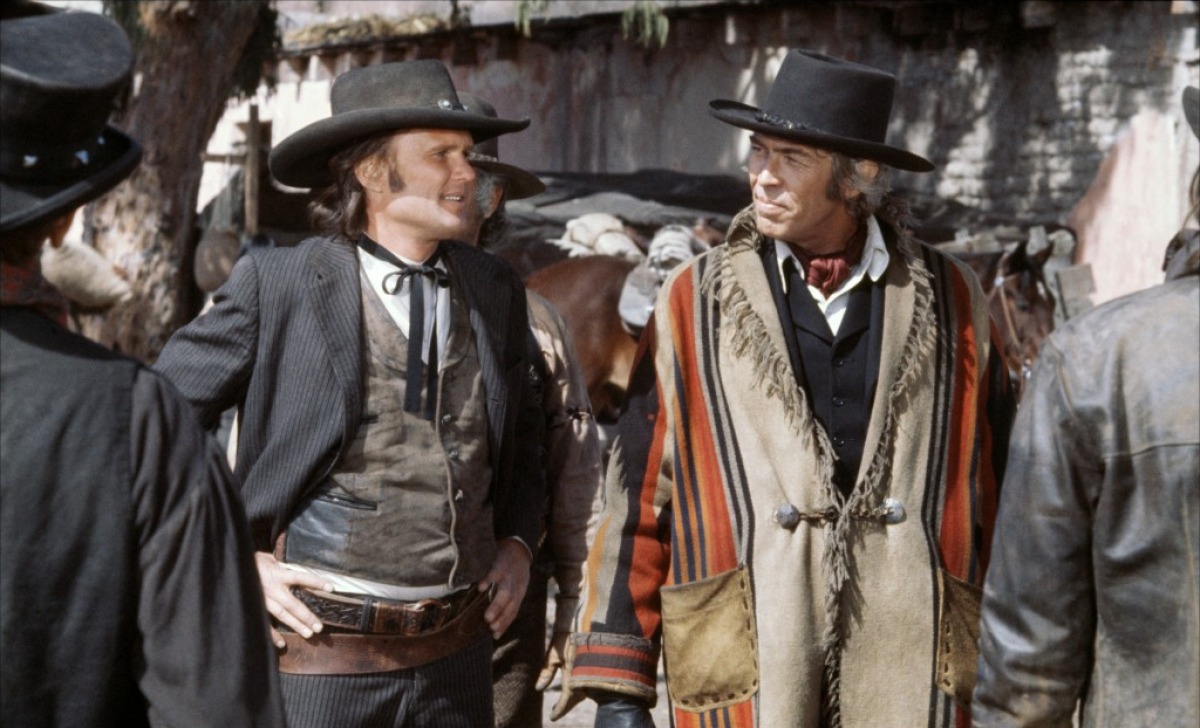
Sam Peckinpah’s discomfort with the new puts him, initially, at odds with Bob Dylan’s music which frequently calls for positive change for society. However, despite lamenting the decline of the old, Peckinpah’s employment and mastery of such new devices such as slow-motion and bloodthirsty violence places him among the innovators of Hollywood. So, pairing him and Bob Dylan for Revisionist Western Pat Garrett and Billy the Kid does make sense after all: both are a part of change and both are acutely aware of what was and now what is.
Dylan plays a small supporting role in the film as Alias, but it is his soundtrack, featuring ‘Knockin’ on Heaven’s Door’, that brings home the melancholic feelings of the film. As for the title characters, brought to life by James Coburn and Kris Kristofferson, the weight of betrayal and the eclipse of friendship by vengeful pursuit is delivered with affecting poignancy.
7. High Plains Drifter (1973)
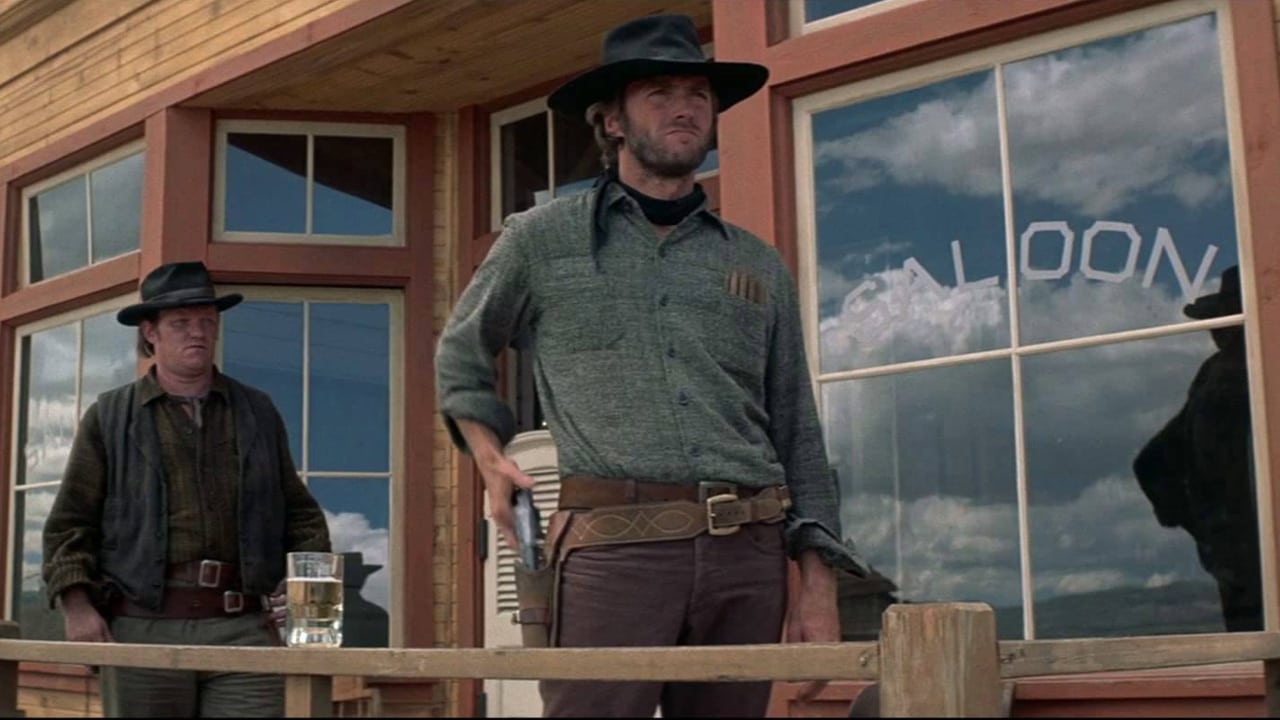
As Western films in this period began revising their own mythologies, some others sought different angles to keep things fresh. Clint Eastwood, in his directorial debut for the genre, infused a splash of Gothic horror to the usual proceedings of a nameless man arriving in a town, keeping his true agenda a secret. Slowly but surely, Eastwood’s soft touch pulls the story into something very similar to High Noon: several villains are on their way and the lone gunslinger faces them.
But whilst Eastwood has an affinity for the Westerns of his home country, High Plains Drifter is indisputably encased in the style of his former master, Sergio Leone. Here the characters look dirty and act nasty, and the Leone trope of the newcomer gunning down three men at the start is similarly employed here. This creative osmosis from Europe to America contextualises Eastwood’s ability to observe and mimic other filmmakers but with the concision he is renowned for as a director.
8. Blazing Saddles (1974)
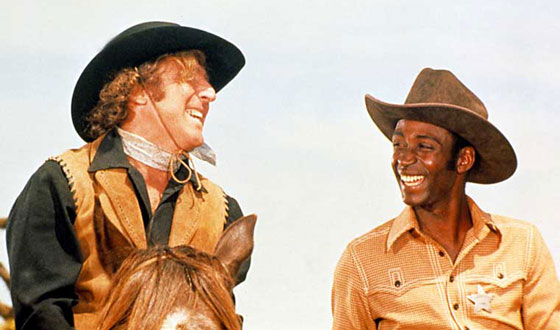
Vulgar, crude, dated, problematic, smart, subversive, hilarious, playful – Blazing Saddles is one of the comedic paradoxes of American cinema. Masterminded by Mel Brooks, Blazing Saddles follows Cleavon Little as Bart. Bart, an African American, is sent to Rock Ridge as the new sheriff by Hedley Lamarr (Harvey Korman), who thinks that the racist townsfolk will be so thrown into chaos by Bart’s arrival that he will be able to easily build a key railroad through Rock Ridge.
Little is suitably hilarious as Bart, having to take himself “hostage” to save himself upon his contested arrival. His sidekick is Gene Wilder’s The Waco Kid, possibly the quickest draw in the history of the genre. His gunslinging skills defy the film’s editing and that is one of the earlier transgressions Mel Brooks makes against the medium. By the time the third act trots in, the fourth wall has not just been broken but obliterated.
There are a few good Western comedies out there, with Back to the Future Part III and Rango being among the more popular entries. There are also many bad Western comedies out there – did anyone find A Million Ways to Die in the West funny? Like most films of the 1970s though, Blazing Saddles remains the sub-genre’s benchmark; a totem of such quality that only Mel Brooks or the film itself could knock it down.
9. The Outlaw Josey Wales (1976)
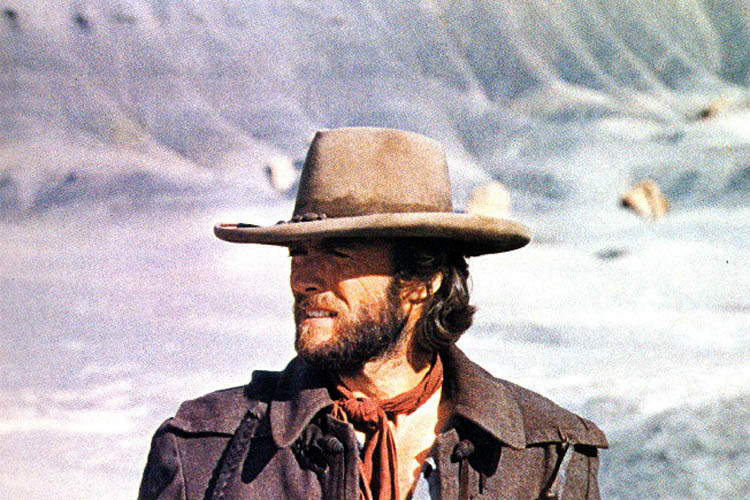
“A man’s gotta to do something for a livin’ these days.” “Dyin’ ain’t much of a livin’.” The Outlaw Josey Wales is a perfectly balanced film, and one of Clint Eastwood’s most loved and rewatched films. It is a multitude of things: a story of revenge, a story about war, an allegory for Vietnam, a contemplation on the Old West, the destruction and reformation of family, a Revisionism of Native American representation. That Eastwood encompasses all of these ideas into an endlessly entertaining action Western is quite the miracle, with extremely likeable supporting actors and moments of real humour and heart sprinkled into the mixings too.
Eastwood plays Josey Wales, a former Confederate guerilla fighter who joins the Civil War to avenge his family who were murdered by Union soldiers (like The Good, the Bad and the Ugly, the Civil War is not reduced to a good and bad dichotomy). When the war ends and his guerilla group is massacred after surrendering, Josey escapes and soon has most of the country chasing him. Picking up similarly downtrodden people along the frontier, Josey soon has his own posse, his own family. Of special mention is Lone Watie, memorably brought to life with sorrowful wit by Chief Dan George.
Gorgeously shot with exciting action scenes and many, many quotable lines (“hell is coming to breakfast”), The Outlaw Josey Wales’ blend of accessible storytelling with Revisionist intelligence makes it a stone-cold classic for Eastwood as actor and director.
10. Keoma (1976)
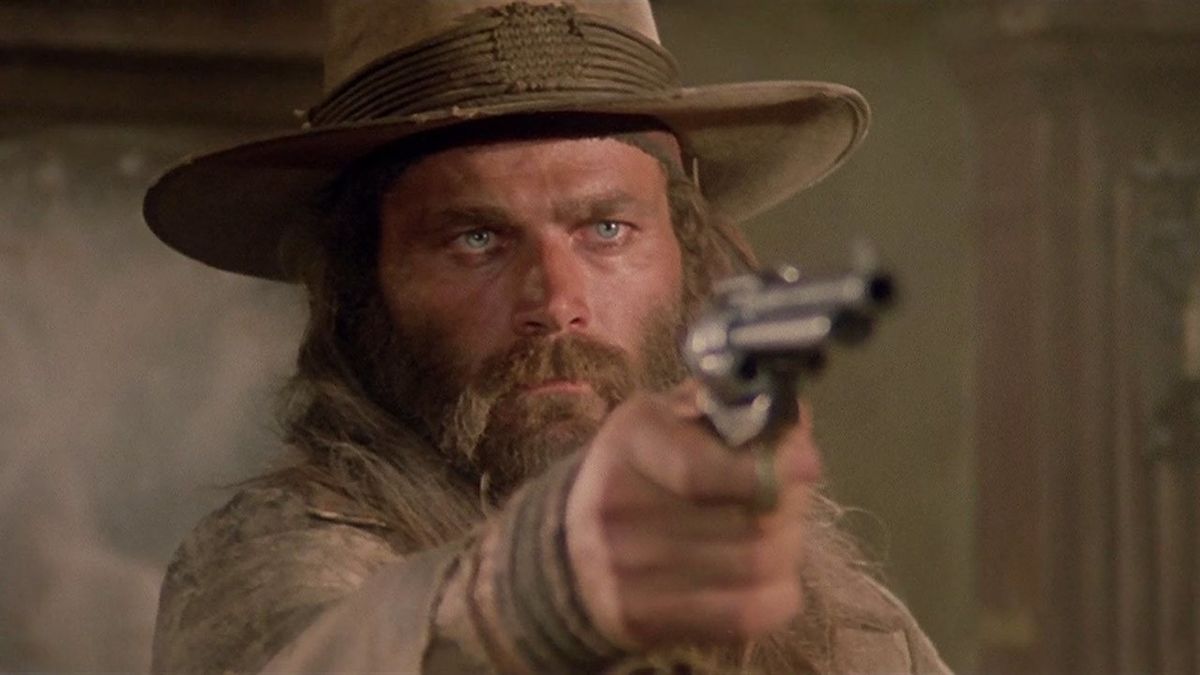
The last great Spaghetti Western of the twilight era, Keoma finds Franco Nero returning home from the Civil War to find his town is now under the control of a tyrant. The drama this time is that his half-brothers have sided with the tyrant whilst his father has not. Keoma is half-white, half-Indian, and it will not surprise anyone to know which half his morally questionable brothers are. Also in town is Keoma’s friend George, played by Western legend Woody Strode. It is a standard set-up, but director Enzo G. Castellari plays with dreamlike visions and themes of race, two elements that Italy had excluded from their Spaghetti Westerns.
Keoma is a highly visual film. It looks superb due to its well-blocked wides and the slow-motion sequences are almost worthy of Sam Peckinpah himself. But there is a playfulness too; the scene in which Keome lowers each of his fingers to reveal an opponent standing behind them is sure to produce a grin. Nero, hairy and crazed, rode the genre out on a high note in the 1970s.